Blog
A Little Fighter: The Story of Zuri the Giraffe
Zuri’s story is one of resilience and hope. Born with severely contracted tendons that left her unable to stand or feed, her very survival hung in the balance. With the dedication of wildlife veterinarians and our care team, she was given a fighting chance—through innovative treatment, patience, and endless encouragement. From those shaky first steps to the thriving calf she is today, Zuri’s journey reminds us that even the most fragile beginnings can grow into stories of strength and triumph.
Benefits of visiting Mossel Bay in the Winter
In Winter (June – August) the average temperature in Mossel Bay is 18° C (high) and 7°C (low). For a town where outdoor activities are the main attractions, most people are discouraged to visit, until you really get to know Mossel Bay and all it's hidden gems and indoor activities on offer, making a Winter breakaway sound good right about now.
Wildlife Facts - Golden Wildebeest (Gnu)
Latin Name: Connochaetes Taurinus
Also knows as the Golden Gnu
Golden Wildebeest naturally occurred along the Limpopo River basin, adjacent to the Tuli-Block of Botswana. Early farmers in the1920’s, called them “Vos Wildebeest”
The first Golden Wildebeest Bull was captured by Alec Rough in the early 1990’s on the game farm Swinburne, in the Limpopo Valley. This is the area where the majority of Golden Wildebeest originate from. They formed an integral part of the large migratory herds that once moved freely between South Africa and Botswana.
Golden Wildebeest were first referred to as “Red” or “Yellow” Wildebeest by pioneer breeders. The decision to change the name of these colour variants was as a direct result of false accusations made by Nature Conservation officials that game farmers created these animals by cross-breeding Black and Blue Wildebeest. Wildebeest hybrids (Black and Blue Wildebeest Crossbreds) were also referred to as Red Wildebeest by Nature Conservation officials.
Wildlife Facts - Bontebok
Latin Name: Damaliscus pygargus
The Bontebok is a medium-sized, generally dark brown antelope with a prominent, wide white blaze on its face, with a pure white rump, belly and hocks, and black-tipped tail. Both sexes have horns, although the horns of rams are heavier and longer than those of ewes.
Wildlife Facts - Waterbuck
Latin Name: Kobus ellipsiprymnus
Hence their name, waterbuck tend to hang around areas where there is a lot of water, especially being water dependent animals. Bulls (males) in particular, will hold a territory where there is an abundant amount of water and food to attract females – he will only hold this territory in breeding seasons.
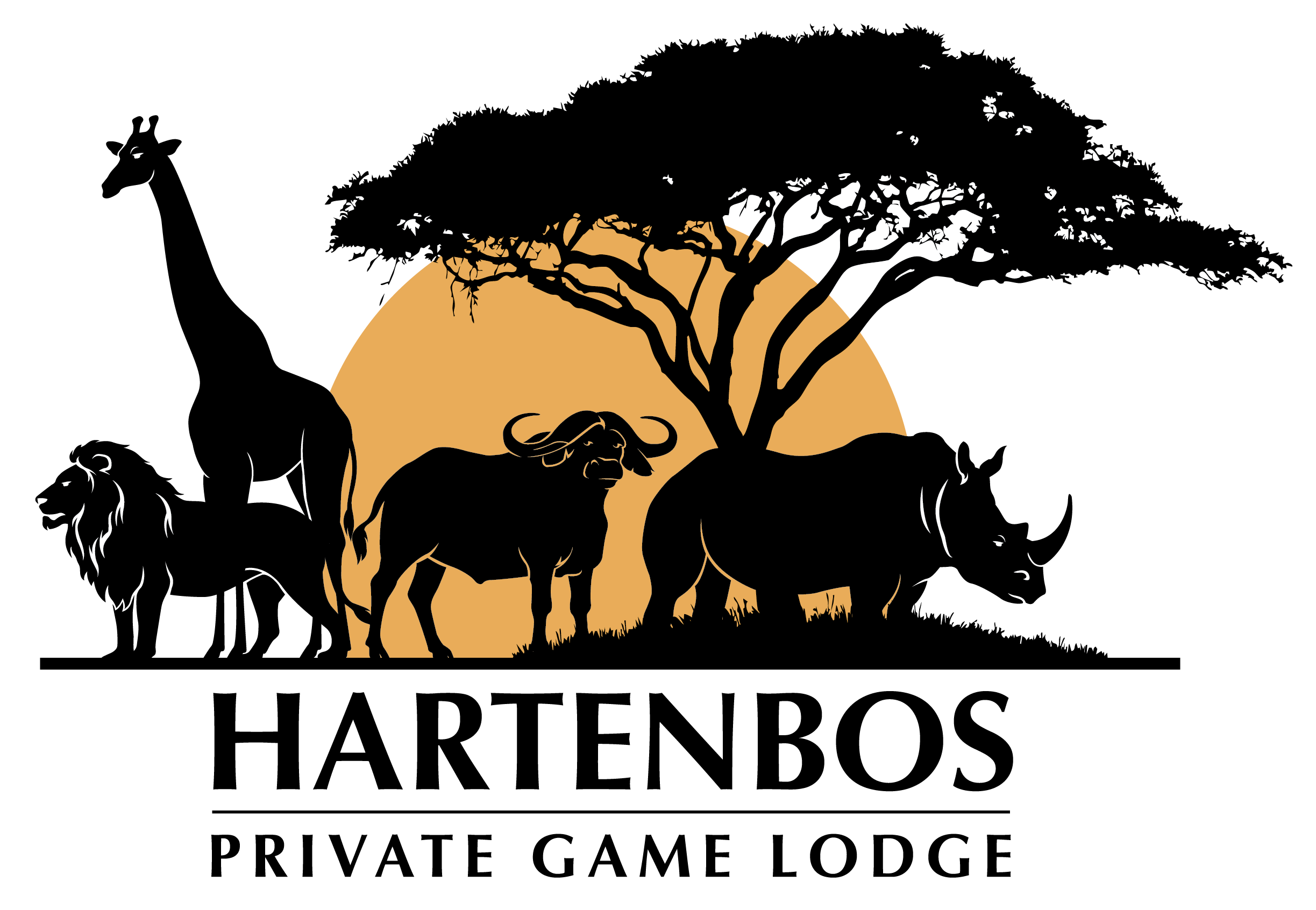
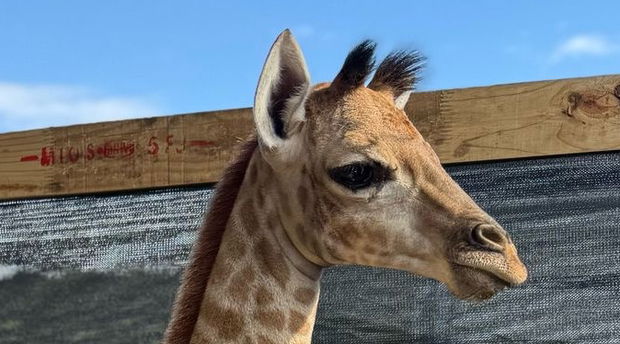

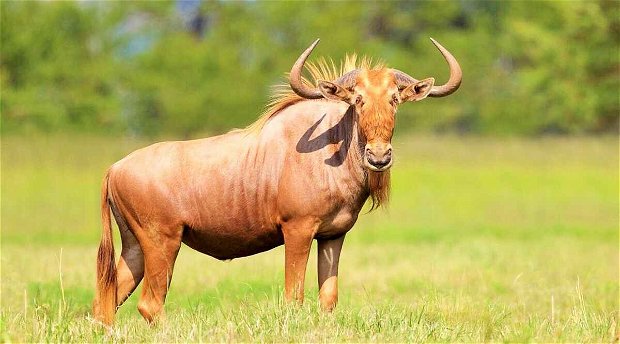
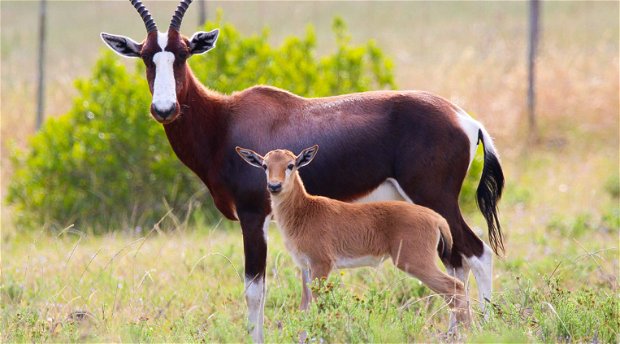
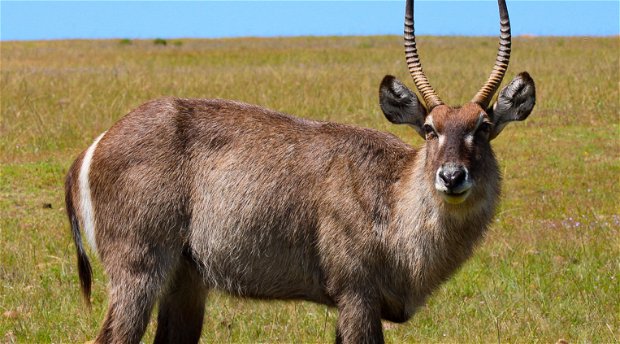
Share This Page